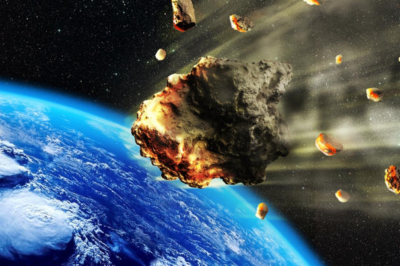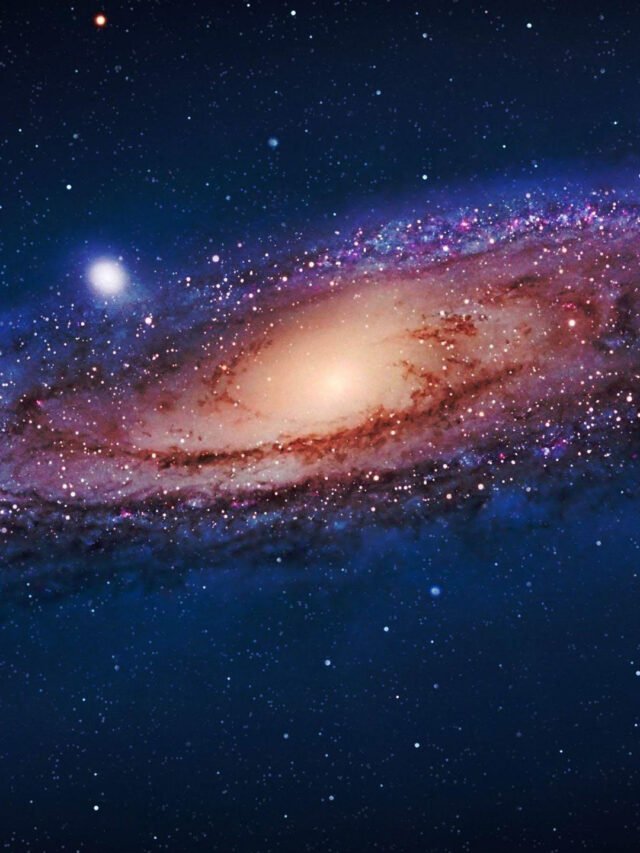
- NASA has increased the likelihood of asteroid YR4 colliding with Earth on December 22, 2032, from 1.2% to 3.1%.
- Experts suggest that even if an impact occurs, it would be a localized event rather than a global catastrophe.
- Scientists will continue monitoring YR4, with the James Webb Space Telescope set to observe it starting in March 2025.
How Dangerous is Asteroid YR4?
NASA’s latest calculations indicate that the probability of asteroid YR4 striking Earth has risen to 3.1%. While this sounds alarming, space experts emphasize that the asteroid’s impact would not lead to planet-wide destruction. The expected damage would be similar to the 1908 Tunguska event in Siberia, which flattened forests but had no significant global impact.
The potential collision date is December 22, 2032. According to science communicator Karol Wójcicki, if YR4 were to hit, it would devastate an area roughly the size of a city like Bydgoszcz. However, given that Earth’s surface is primarily covered by oceans and uninhabited land, the chances of it striking a densely populated area remain low.
Tracking and Preparedness Efforts
International organizations, including NASA’s International Asteroid Warning Network, are closely tracking YR4’s trajectory. If the risk level increases, action may be taken to prevent disaster, though for now, the likelihood of a direct hit remains relatively low.
By 2028, scientists expect to have a clearer understanding of the asteroid’s path, enabling them to assess potential countermeasures. Additionally, the James Webb Space Telescope will begin observing YR4 in March 2025, providing more precise data.
Should We Be Concerned?
Despite the increased probability of impact, experts reassure the public that there is no immediate danger. Advances in space monitoring and asteroid tracking allow for early detection and potential mitigation strategies. For now, while the situation warrants observation, there is no cause for widespread alarm.








































Leave a Reply